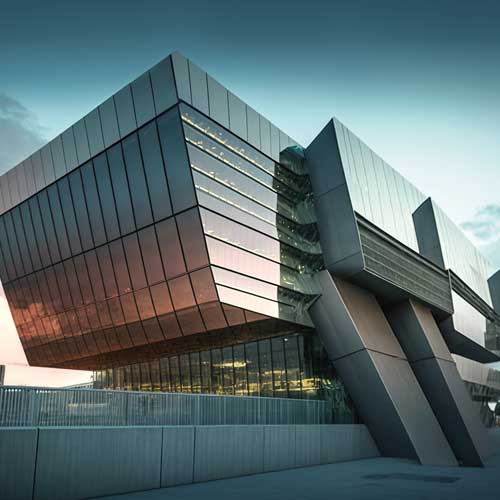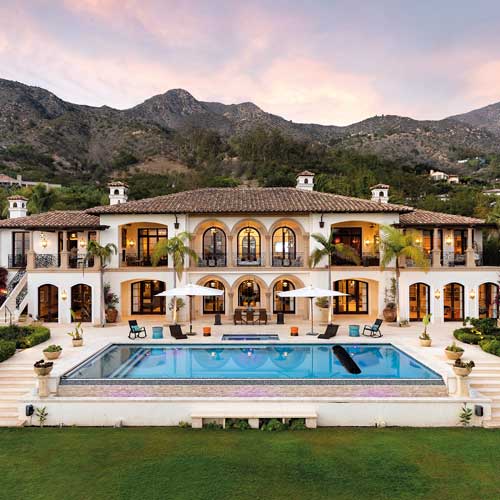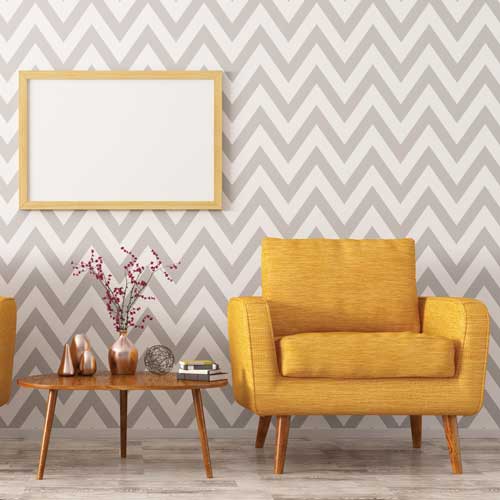BY Nicola Jayasundera

The Museum of Modern and Contemporary Art (MMCA) Sri Lanka stands as a testament to the creative energy that flows through the island. In this exclusive interview, we sat down with its Chief Curator Sharmini Pereira, to delve into art and expression.
Q: What approach does the Museum of Modern and Contemporary Art Sri Lanka use when it comes to curating exhibitions?
A: Our exhibitions are curated through a process of research and exhibition design that involves working with artists, designers, lenders, editors, translators, exhibition designers, fabricators, lighting specialists, framers and on some occasions – conservators.
All our exhibitions are approached as being part of a larger three year programme. When one exhibition is about to open, we have already begun work on those that are to follow. It usually takes about 18 months to curate an exhibition, which sounds like a long time but it’s non-stop work to get a show open.
We try not to overwhelm our visitors with lots of artwork. Our approach, by contrast, is to choose specific artworks and put them into conversations with each other – this informs how they are installed.
The size of our galleries also dictates the scale of our exhibitions. And this led us in 2022, to curate ‘Encounters’ as a series of changing displays that opened during the course of one year.
All our exhibitions are presently curated by an in-house curator. We will consider getting the services of a guest curator when we are located in a permanent venue. Although MMCA Sri Lanka has only been open for a short time, we have already commissioned three artworks that are now part of our collection. And we would like to do more of this in the future. The museum is also looking forward to supporting ambitious and more experimental artwork.

Q: What are some of the unique collections or exhibits that visitors can expect to see at your museum?
A: We are in the early stages of building our collection. I hope it will become a notable collection of modern and contemporary art in the region and internationally. It certainly has the potential for it.
One of the most involved aspects of this process is researching and cataloguing the artwork so that we can determine those which the museum would like to collect. We have also been fortunate enough to have received pledges of some amazing artwork, which when it enters the collection, will go on display as part of our curated exhibitions.
Q: What role does the Museum of Modern and Contemporary Art Sri Lanka play in the local community, and how does it engage and build relationships with the artists, collectors and other stakeholders?
A: I always like to think that visitors to the MMCA Sri Lanka encounter something that they won’t find anywhere else in Colombo. The exhibitions on view are a large part of what they can expect to see, and most people are able to learn and understand more about Sri Lanka’s modern and contemporary art.
We try, during curation, to raise difficult questions or overturn assumptions and fixed narratives about an artist, art movement or period. Above all, visitors can expect to have a more engaging experience compared to most other museums in the country.
The MMCA Sri Lanka has a remarkable group of Visitor Educators who can converse in Sinhala, English and Tamil, and help orient visitors, give them short tours and generally be on hand to discuss and answer questions.
Since museums can be as daunting as commercial galleries, it’s important to not only provide exhibitions for people to see but also create experiences that make them feel welcome, eager to return, and keen to talk about.












